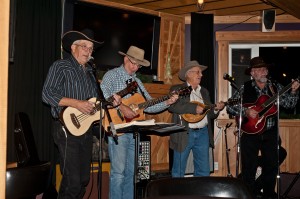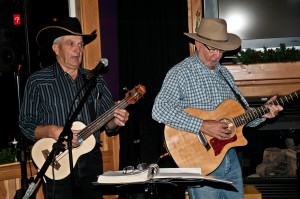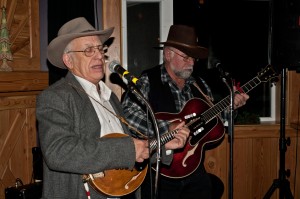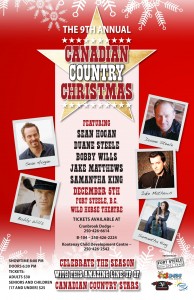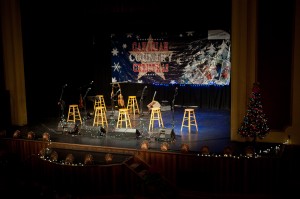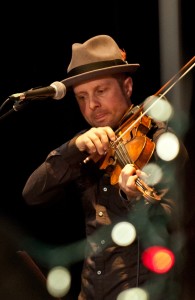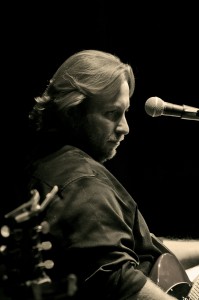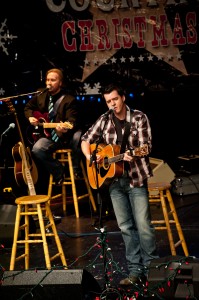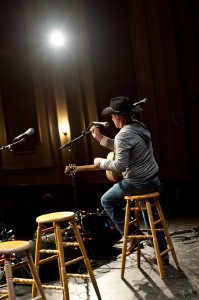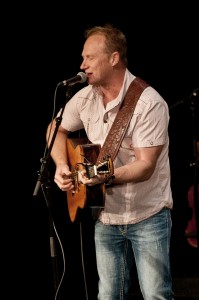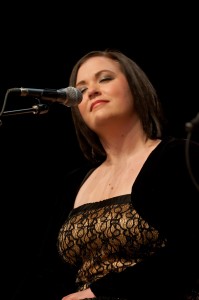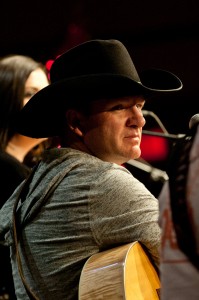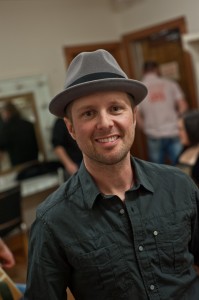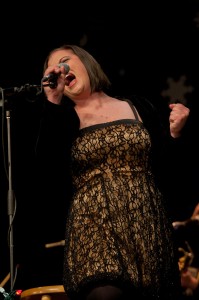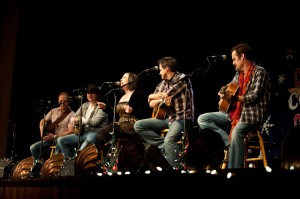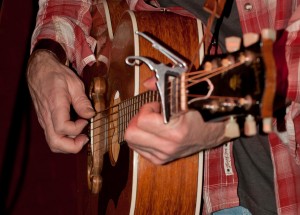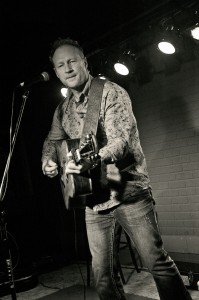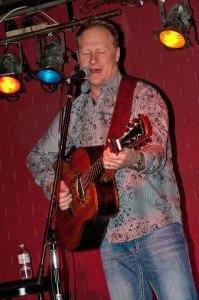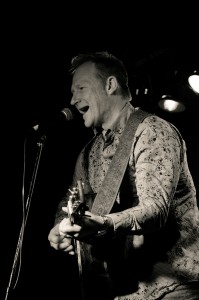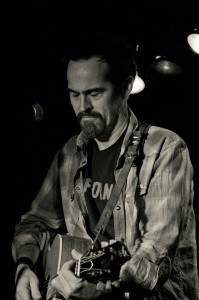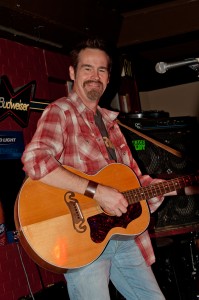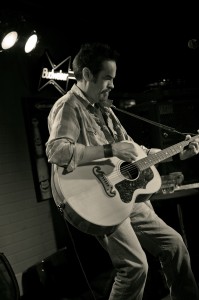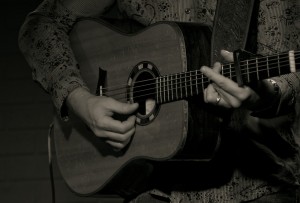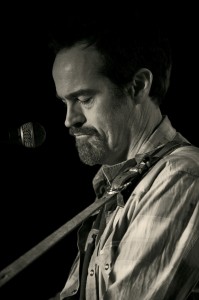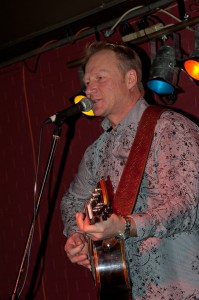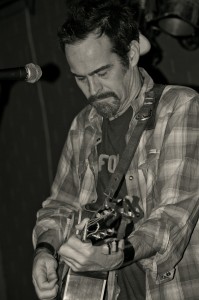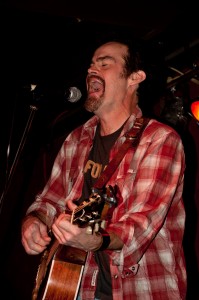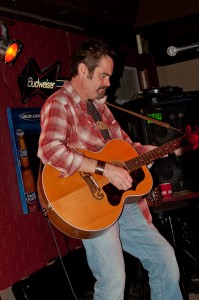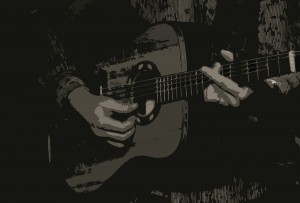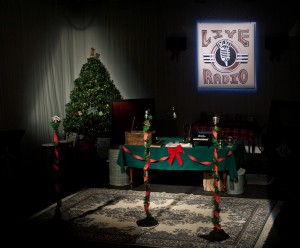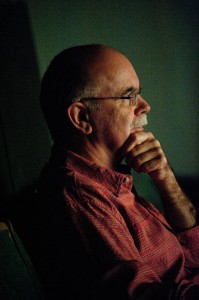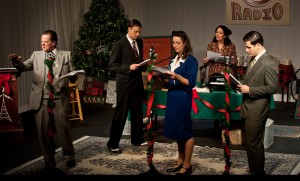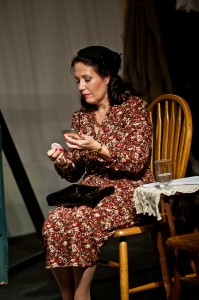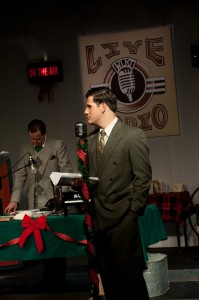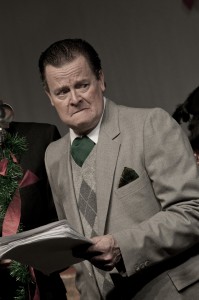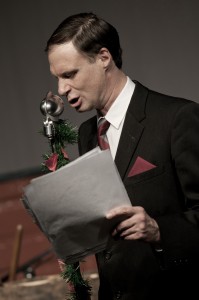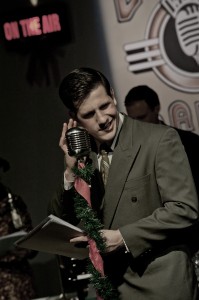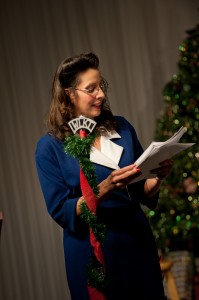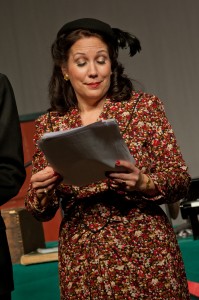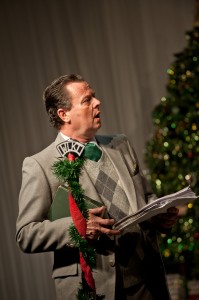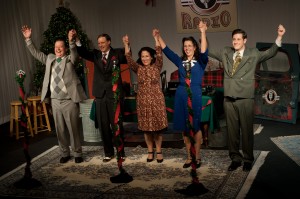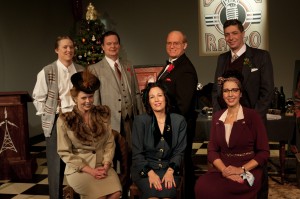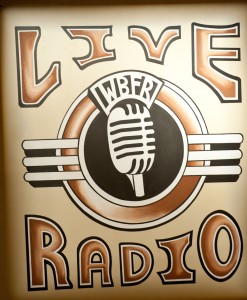Reported in the most recent electronic version of Down Beat
“Dave Brubeck, pianist, composer and bandleader, died Wednesday morning, Dec. 5, at Norwalk Hospital, in Norwalk, Conn., one day before his 92nd birthday. Brubeck died on his way to “a regular treatment with his cardiologist,” said long time manager-producer-conductor Russell Gloyd.
Brubeck’s career spanned more than 60 years, comprising nearly the entire existence of American jazz since World War II. He was revered for recordings with his legendary Dave Brubeck Quartet, including “Take Five” and “Blue Rondo à la Turk.” The album on which they appeared, Time Out, became one of the best-selling jazz recordings of all time. He was revered for his daring use of rhythm and unusual time signatures, both of which transcended previous conceptions of swing rhythm.
Brubeck was born on Dec. 6, 1920, in Concord, Calif. His mother was a classically trained pianist who introduced him to the instrument at a young age, and he was performing professionally by the age of 13. Brubeck enrolled as a zoology major at the College of the Pacific in Stockton, Calif., but became highly involved in the school’s music department. From 1942–1943, he led the school’s 12-piece big band.
Around the same time, Brubeck began to study classical composition at Mills College in Oakland, Calif., under French composer Darius Milhaud. Brubeck’s studies under Milhaud subsided during World War II, when in 1944 he enlisted in the U.S. Army. He led a service band in Europe, was discharged in 1946 and then resumed his musical training. Brubeck’s studies with Milhaud influenced his experimentation with odd time signatures and classically inspired counterpoint.
A pioneer who did not accept the idea of “pigeonholing,” Brubeck was an integral force in venturing outside of the accepted boundaries of jazz. He was a lifelong advocate of the genre’s racial integration, performing in African American clubs throughout the South in the 1950s.
He was also an important figure who brought jazz to the forefront of academia, and his groups became wildly popular at colleges throughout the 1950s and ’60s. In 1949, Brubeck and a group of fellow students at Mills College formed the Jazz Workshop Ensemble, which would later record as The Dave Brubeck Octet. Brubeck’s octet often performed standards by other composers, but this was the pianist’s segue as a leader into 5/4, 9/8 and 11/4 time signatures, as opposed to traditional two and four counts. That same year, Brubeck formed his namesake trio alongside percussionist Cal Tjader and bassist Norman Bates. He was joined by alto saxophonist Paul Desmond in 1951, resulting in the creation of the legendary Dave Brubeck Quartet. With the newly formed quartet, Brubeck continued his advocacy of jazz on college campuses by recording Jazz At Oberlin in 1953. He also solidified his position as a public figure when he became the first modern jazz musician to appear on the cover of Time magazine on Nov. 8, 1954.
The “classic” Dave Brubeck Quartet would not form until the late 1950s, with the additions of drummer Joe Morello in 1956 and bassist Gene Wright in 1958 alongside Brubeck and Desmond. The quartet’s 1959 album Time Out was the first jazz LP in history to sell a million copies, and many of the tunes on the album have become standards. The album opens with the Mozart-inspired “Blue Rondo à la Turk,” which Brubeck composed in 9/8 time. The album also features “Take Five,” a tune composed in 5/4 time, which made the Billboard singles chart in 1961 and remains one of the most recognizable jazz recordings of all time. The quartet performed together until 1967, when Brubeck, a self-proclaimed “composer who plays the piano,” left to focus more on composition and arrangement. Brubeck, Morello and Wright would later reunite in 1976 to perform and record in celebration of the 25th anniversary of the classic quartet’s initial formation.
Throughout the 1970s, Brubeck assembled a number of other quartets that included one or more of his sons: keyboardist Darius Brubeck, trombonist and bassist Chris Brubeck, and drummer and percussionist Daniel Brubeck. He also composed numerous large-scale works throughout the 1960s and ’70s, including two ballets, a musical, an oratorio, four cantatas, a mass and solo piano works. Brubeck’s music was also used on one episode of the eight-part TV series This Is America, Charlie Brown.
Brubeck performed at the White House in 1964 and 1981, and at a dinner for Mikhail Gorbachev hosted in Moscow by then-President Ronald Reagan.
Brubeck was a frequent winner of DownBeat polls throughout his entire career. In 1994, he was inducted into the DownBeat Hall of Fame, and he received a Lifetime Achievement Award from The Recording Academy in 1996. He was named a Kennedy Center honoree in 2009.
Brubeck was named a National Endowment for the Arts (NEA) Jazz Master in 1999. On Wednesday, NEA Chairman Rocco Landesman issued a statement, saying, in part, “On behalf of the National Endowment for the Arts, it is with great sadness that I acknowledge the passing of National Medal of Arts recipient and NEA Jazz Master Dave Brubeck. One of our nation’s greatest and most popular jazz pianists, Brubeck’s experiment with odd time signatures, improvised counterpoint, and a distinctive harmonic approach resulted in a unique style of music. Brubeck became a leader in cultural diplomacy, taking part in the first Jazz Ambassadors program during the Cold War. In a 2006 interview with Dana Gioia about his cultural diplomacy efforts, Brubeck said, ‘One of the reasons I believe in jazz is that the oneness of man can come through the rhythm of your heart. It’s the same anyplace in the world, that heartbeat. It’s the first thing you hear when you’re born—or before you’re born—and it’s the last thing you hear.’”
In 2008 Brubeck was among the inaugural recipients of the Benjamin Franklin Award for Public Diplomacy from the U.S. State Department.
Brubeck is survived by his wife, Iola; four sons and a daughter; grandsons and a great granddaughter. His son, Michael, died in 2009.” DB
Classic DownBeat Dave Brubeck Interviews:
“Dave Brubeck: They Said I Was Too Far Out”
(Aug. 8, 1957)
“Brubeck Charms at Litchfield”
(Sept. 1, 2010)
For those of us who predate the 1960’s world of Rock and Roll Dave Brubeck was a towering musical figure. As a testament to to his musical stature, his land mark recordings are still selling consistently well in a world dominated by less substantial music. Dave Brubeck did not live in the past . He was still actively composing and performing right up to his death.

